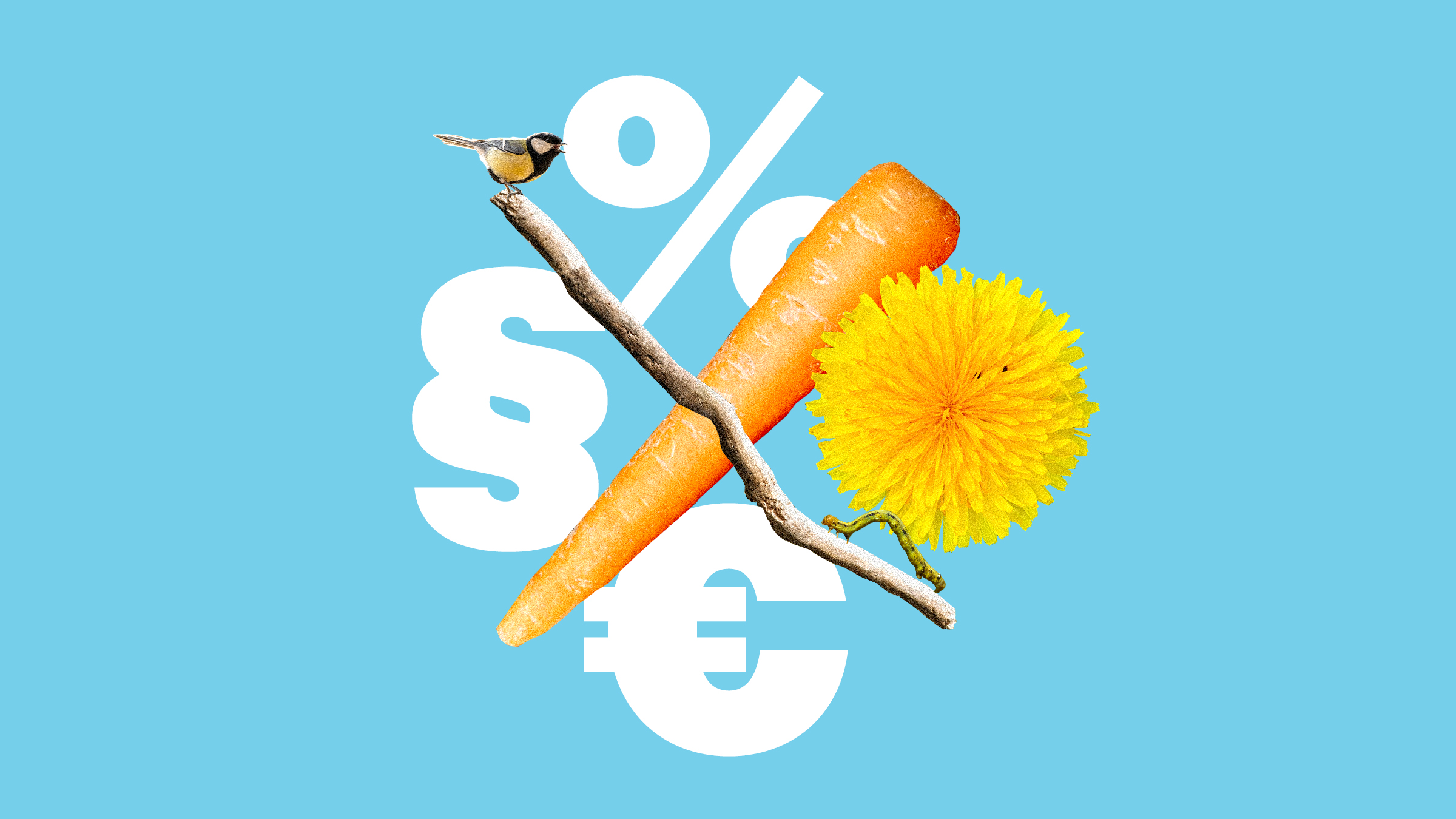Economic incentives can significantly contribute to halting nature’s degradation. In various countries, fees, subsidies, and voluntary corporate solutions are implemented to reduce environmental damage and enhance biodiversity.
A new Sitra Study, Carrots and Sticks – Economic mechanisms for safeguarding and financing biodiversity and ecosystem services, published on Tuesday 4 June, presents 17 practical examples from around the world, including Finland. These examples focus on land use change, a major cause of biodiversity loss.
“Our well-being and economy are entirely dependent on nature, yet we consume it unsustainably. Making the economic value of nature more visible would facilitate its consideration in decision-making. The study highlights a wide range of actions that can promote a more sustainable economy,” says Outi Haanperä, PhD, Project Director at Sitra.
Market actors, including businesses, households, and municipalities, change their behavior in response to incentives. According to the study, public authorities can highlight the economic value of nature in at least two ways: by promoting the polluter pays principle and by rewarding the preservation of ecosystem services. Ecosystem services refer to the benefits nature provides to humans, such as pollination of food crops, purification of water and air, carbon sinks, and flood mitigation.
The report also examines voluntary actions by companies, such as eco-certificates and various incentives that businesses can offer to actors in their value chain, including third-party suppliers.
These economic tools are particularly topical this year as the world gathers at the UN Biodiversity Conference in Colombia to discuss progress on the national implementation of international nature targets. Countries around the world, including Finland, have committed to halting biodiversity loss by 2030 and putting nature on the path to recovery.
Carrots and sticks to strengthen nature
For example, the polluter pays principle has been implemented in the UK through the Biodiversity Net Gain regulation, which came into force this year. This regulation requires developers of construction and infrastructure projects to undertake measures that result in an improved condition of nature compared to the baseline.
In practice, this involves compensating for the loss of nature caused by a construction project through actions that enhance nature in the construction area and, when necessary, elsewhere. If these actions are insufficient, developers can obtain biodiversity credits. These credits represent certified actions taken by landowners elsewhere, such as creating meadows and planting trees.
The maintenance of ecosystem services, on the other hand, has been supported by programmes like Ireland’s Burren Programme, which aims to conserve, restore, and support species in threatened habitats. Under this programme, the government incentivises farmers’ nature-positive activities in two phases: the first upfront payment covers 25-75% of the cost for implementing actions to improve the natural environment, and the second results-based payment is based on measurable ecological improvement. Ecological outcomes are assessed by third parties using criteria such as grazing, erosion, water pollution, scrub, and weeds.
Companies can also apply voluntary mechanisms to reduce nature loss. The study highlights dairy company Valio’s sustainability programme, where contract farmers receive a higher price for their milk if they implement voluntary nature measures such as grazing, pollinator sowing, carbon farming, or cultivating multi-species grasslands.
Finland could expand the use of economic tools to combat biodiversity loss
Finland already has various nature-enhancing measures in place, such as METSO, The Forest Biodiversity Programme for Southern Finland for forest owners and voluntary ecological compensation. Based on Sitra’s analysis, Finland could further strengthen the pricing of nature damage and reform incentives to encourage action that enhances the state of nature. Options for the next steps are summarised in the Finnish-language Sitra memorandum.
“Incentive schemes are among our best tools to make progress towards achieving public and private nature targets. Important considerations for the design of future mechanisms include measures to improve competition and efficiency, synergies between nature and climate mechanisms and resulting social impacts. Tackling these can help ensure that mechanisms are effective and sustainable,” emphasises Jarrod Luxton, Senior Lead at Sitra.
The English-language study was conducted by a research team led by the Pellervon taloustutkimus PTT and Tyrsky Consulting. The main findings and implications of the report are summarised in a Finnish-language memorandum written by Sitra’s experts.
Read more:
Sitra studies: Carrots and Sticks – Economic mechanisms for safeguarding and financing biodiversity and ecosystem services



















Recommended
Have some more.